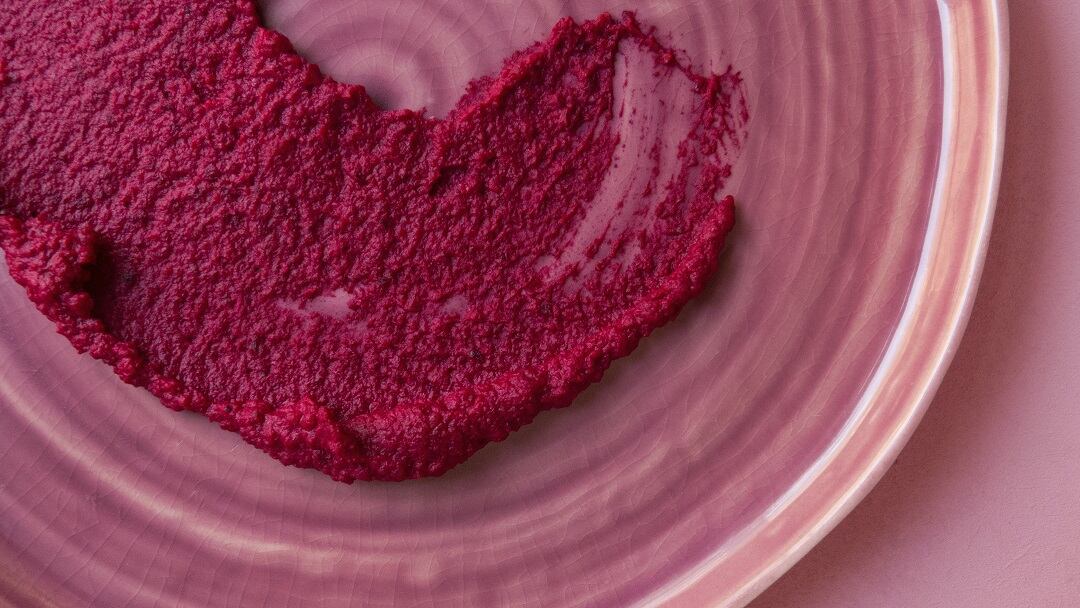Virginie Boulier, marketing and application manager of Sensient, believes that these new natural pigments are a step forward from its range of food-grade pigments, which are not all-natural.
She elaborated that creating natural pigments can be complicated.
“To work with natural ingredients, especially for colour, is very difficult. You have to relearn things. You cannot use the same industrial tools or processes. This makes it a little bit complicated.”
However, Boulier added that working around the “complications” were necessary.
“Natural is linked to safety and sustainability. It’s what consumers are looking for and we want to offer our customers the opportunity to formulate naturally with a range of natural ingredients, from actives to colour.”
Boulier continued: “Going natural is the future for Sensient. We want to innovate with natural ingredients and find natural alternatives to all our synthetics.”
Colourful nature
The extended range of natural pigments consists of four red shades made from beetroot, red radish and purple sweet potato.
“We focused on red because we already have a lot of natural skin care on the market, but for make-up it’s more complicated. There are no alternatives for red pigments. That's why we focus on the red pigments to see how we can use nature and natural pigments to create lipsticks.”
In addition to the four shades of red, the range also consists of natural yellow and blue pigments. With all the primary colours, formulators will be able to mix and create a whole range of colours.
Boulier highlighted that natural pigments have an additional benefit of functioning as both colour and care.
In the natural world, red is produced mainly from anthocyanin and betacyanins, which can be found in many fruits and vegetable and have antioxidant properties.
However, Boulier admitted there were limitations to this technology. She explained that natural dyes were not stable in water and were too sensitive to changes in pH, UV and oxidation.
However, they are stable in oils, making them very suitable for use in lip products.
At this year’s edition of in-Cosmetics Korea, Sensient showcased a range of lip products featuring NATPURE XFine pigments.
“They have been processed a special way so it can be used in lipstick application. If you just use food-grade pigments, for example, lipstick will be very rough and the application on the skin will not be homogenised. This way it gives you good application, smooth skin-feel and a lipstick that is shiny.”
From natural to clean
While the range is 100% natural, not all of them are COSMOS grade. The yellow pigment for instance, which is derived from turmeric, is extracted using a solvent.
Boulier revealed that the company’s next step was to produce the entire range in a clean and green manner with its PhytoClean process.
“PhytoClean is a process where we use water as the only vehicle to do extractions. It requires high temperature, high pressure and only needs a short time. It’s the same as making coffee with an expresso machine – you get the best of the flavours, in this case, the pigment. Our company was the first one to upscale the process.”
Currently, Sensient uses the PhytoClena process in skin care and aims to use it for its colour cosmetic products. Boulier believes this will be possible in the next two years at least.


